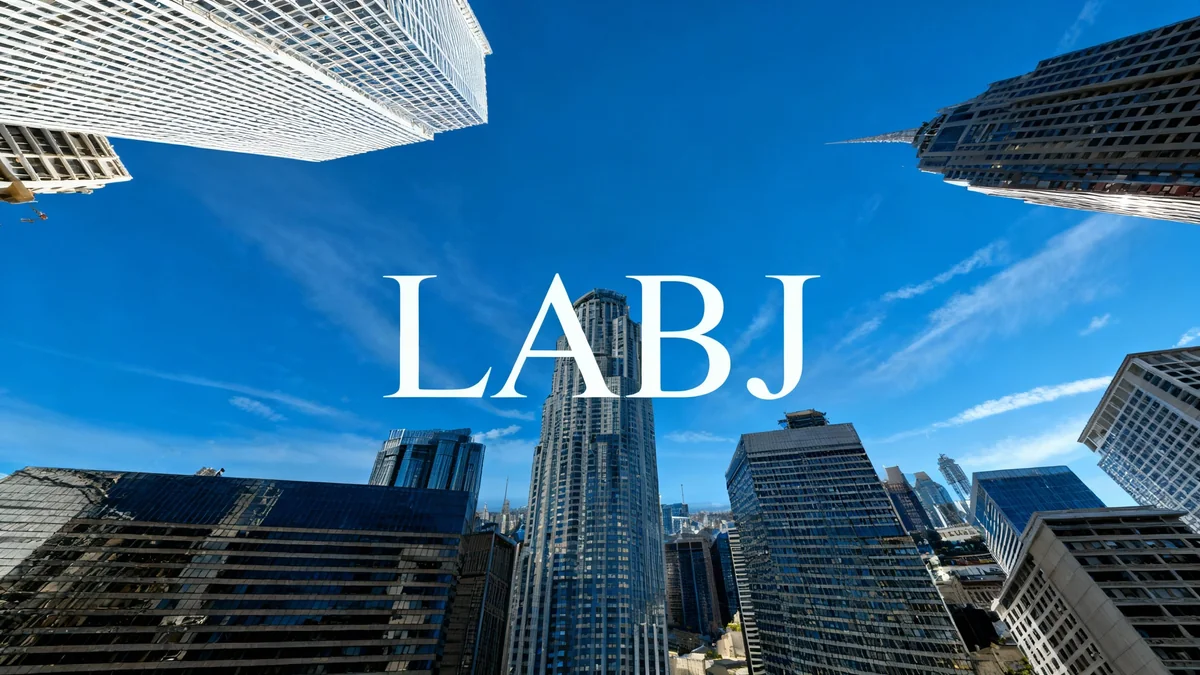Los Angeles is grappling with a persistent housing crisis and traffic congestion, pushing developers to champion a new urban model: the mixed-use community. Kacy Keys, founder of Praxis Development Group, is at the forefront of this movement, aiming to build neighborhoods where residents can live, work, and shop without relying on a car. However, she cautions that without significant investment in public transit, even the most thoughtfully designed projects may fall short of creating a truly connected city.
Key Takeaways
- Mixed-use developments, which combine residential, commercial, and community spaces, are being promoted as a solution to LA's housing and traffic problems.
- The goal is to create “15-minute cities,” where daily necessities are accessible within a short walk or bike ride.
- Developer Kacy Keys emphasizes that the success of these projects is critically dependent on robust public transportation infrastructure.
- Projects like The Clark on 54th in Crenshaw are pioneering mixed-income models to foster diverse and resilient communities.
- Experts warn that without parallel improvements in transit and safety, LA's walkable future remains a distant vision.
The Push for Walkable Neighborhoods
For decades, the identity of Los Angeles has been tied to its sprawling freeways and car-centric culture. But a growing movement in urban planning seeks to shift that paradigm. The concept of the “15-minute city,” popularized in places like Paris, is gaining traction as a potential blueprint for a more sustainable and livable LA.
This model centers on mixed-use development, which integrates housing with retail, offices, and public spaces. The idea is simple: if people can access groceries, coffee shops, and parks just around the corner, they are less likely to get in a car. This reduces traffic, lowers carbon emissions, and can foster a stronger sense of community.
Kacy Keys, whose firm Praxis Development Group specializes in such projects, sees this as a fundamental shift in how urban life is designed. “It’s about designing neighborhoods that blend residential, commercial and community spaces so people can meet their daily needs locally,” she explains. Keys points to her experience living in London as an example of how effective this model can be when properly supported.
A Vision Meets a Roadblock
While the vision is compelling, its implementation in Los Angeles faces a significant obstacle: the city's underdeveloped public transit system. According to Keys, access to reliable transportation is the essential ingredient that makes mixed-use projects work. Without it, these developments risk becoming isolated islands of convenience rather than integrated parts of a connected urban fabric.
LA's Transit Challenge
Despite significant investment, Los Angeles' public transit and bikeway systems are often cited as lagging behind other major global cities like New York, London, and Tokyo. This gap forces many residents to remain dependent on personal vehicles, undermining the core principle of walkable communities.
“I often plan my day around traffic or skip going out altogether just to avoid being stuck in my car,” Keys admits. “It’s stressful, exhausting and over time, it wears down your sense of connection to your community.”
Praxis Development Group has focused its efforts in areas with existing or planned transit infrastructure, such as Koreatown, North Hollywood, and the Crenshaw Corridor. These neighborhoods are seen as prime candidates for successful mixed-use projects because they offer at least a baseline of connectivity. However, the reliability and reach of these services remain a concern for residents and developers alike.
Building for People Not Just Profit
The development strategy behind successful mixed-use projects goes beyond just mixing building types. For Keys and her team, the process begins with a focus on the human experience. “Every mixed-use project we work on starts with a simple question: what’s the vision for how people will live here?” she states.
“We think about the daily experience of residents – providing natural light, and quality space, where they’ll get their morning coffee, what it feels like coming home after a long day.”
This vision must then be balanced with financial realities. A project that is beautifully designed but economically unfeasible will never be built. This requires a careful alignment of design ambition with the constraints of capital and debt markets.
One of the firm's notable projects, The Clark on 54th in Crenshaw, is a 48-unit mixed-use building that also incorporates a mixed-income model. This approach is a deliberate choice to avoid the pitfalls of housing segregation that have plagued urban development in the past.
Learning from Past Mistakes
Keys references the failure of large-scale public housing projects like Pruitt-Igoe in St. Louis as a cautionary tale. Such developments, which concentrated low-income residents in homogenous environments, often failed to create sustainable or thriving communities. Modern mixed-income models aim to create more balanced and resilient neighborhoods by design.
“We believe mixed-income, mixed-use projects are the foundation of healthy communities,” Keys asserts. She argues that policies supporting only micro-units or 100% affordable projects risk repeating past mistakes by failing to provide room for families to grow and creating income segregation. The goal is to build places where people want to live, not just places where they sleep.
The Future of LA's Urban Landscape
The success of the mixed-use model in Los Angeles will ultimately depend on a coordinated effort between private developers and public officials. While firms like Praxis can build innovative projects, they cannot single-handedly solve the city's larger infrastructure challenges.
Keys believes the city needs to build “smarter, not just bigger.” This involves not only approving well-designed developments but also making parallel investments in transit, public safety, and pedestrian-friendly infrastructure. She notes that while there is growing momentum for walkable communities, the pace of government action can be slow and lacks decisive leadership.
As Los Angeles continues to evolve, mixed-use projects will play a crucial role in shaping the daily lives of its residents. The challenge now is to ensure these developments are supported by the public infrastructure necessary to realize their full potential, transforming isolated projects into the building blocks of a more accessible, connected, and human-centered city.





